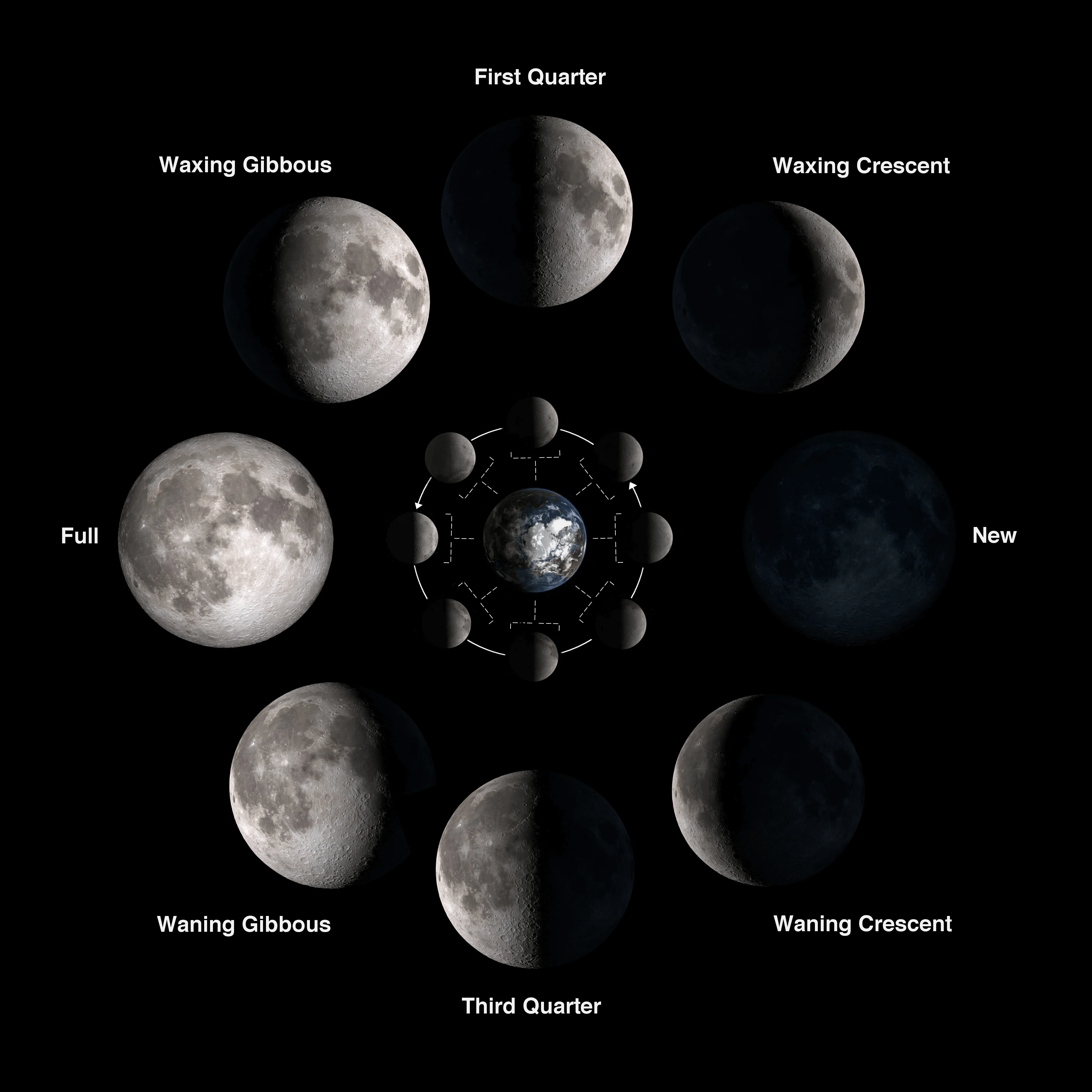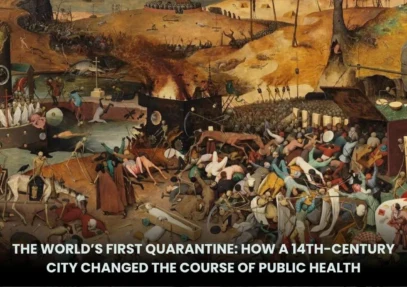Define brain?
Becoming rich typically involves a combination of smart financial strategies, disciplined saving, and consistent investment over time. While there is no guaranteed path, the following steps can help increase your chances of achieving financial wealth: 1. Set Clear Financial Goals Define what "rich"Read more
Becoming rich typically involves a combination of smart financial strategies, disciplined saving, and consistent investment over time. While there is no guaranteed path, the following steps can help increase your chances of achieving financial wealth:
1. Set Clear Financial Goals
- Define what “rich” means to you: For some, it’s about financial freedom, while for others, it’s about accumulating wealth to enjoy a luxurious lifestyle. Clearly define your target.
- Create a roadmap: Set short-term and long-term goals. For example, paying off debt might be a short-term goal, while building a diversified investment portfolio could be a long-term goal.
2. Live Below Your Means
- Spend less than you earn: This is one of the simplest yet most powerful rules for wealth creation. Avoid lifestyle inflation as your income grows.
- Create a budget: Track your income and expenses to ensure you are saving a significant portion of your income.
- Cut unnecessary expenses: Identify areas where you can reduce spending, such as dining out less, avoiding impulse purchases, or refinancing high-interest debts.
3. Develop Multiple Income Streams
- Diversify your income: Relying on just one source of income, like a single job, can limit your potential wealth. Consider side businesses, freelance work, or investments that provide additional income streams.
- Invest in skills and education: Increasing your skill set can lead to higher-paying opportunities and career advancement.
4. Invest Wisely
- Start investing early: The earlier you start investing, the more time your money has to grow through the power of compound interest.
- Invest in stocks, bonds, or real estate: Build a diverse portfolio to reduce risk and grow wealth over time.
- Consider index funds or ETFs: These are low-cost investment options that can help you gain exposure to a wide range of assets, minimizing risk while allowing for long-term growth.
- Real estate investments: Owning property can provide passive income and long-term appreciation.
5. Master the Art of Saving and Budgeting
- Save aggressively: Aim to save a significant portion of your income each month (at least 20–30% or more if possible).
- Build an emergency fund: Keep at least 3-6 months’ worth of living expenses saved in case of unexpected events.
- Automate savings and investments: Set up automatic transfers to savings or investment accounts to ensure consistent progress.
6. Increase Your Financial Literacy
- Educate yourself: Continuously learn about personal finance, investing, and wealth management. Read books, attend seminars, or take online courses to enhance your financial knowledge.
- Follow experts: Listen to financial experts or follow blogs, podcasts, or YouTube channels to stay updated on new financial strategies.
7. Take Calculated Risks
- Understand risk: While it’s important to be cautious with your finances, taking calculated risks—such as investing in the stock market, starting a business, or investing in real estate—can yield substantial rewards.
- Diversify: Spread your investments across various assets and industries to reduce risk.
8. Leverage the Power of Compound Interest
- Start investing early: Compound interest can turn small investments into large sums over time. The earlier you start, the more time your money has to grow.
- Reinvest dividends and returns: Don’t take your investment earnings as cash—reinvest them to continue growing your wealth.
9. Network and Build Relationships
- Surround yourself with like-minded individuals: Networking with successful people can provide valuable insights and opportunities.
- Find mentors: Learn from others who have already achieved financial success.
10. Be Patient and Persistent
- Wealth-building is a long-term process: It takes time to accumulate wealth, so be patient and avoid get-rich-quick schemes that promise instant results.
- Stay disciplined: Stick to your financial plan, even during periods of market volatility or economic downturns. Consistency is key.
11. Create and Scale a Business
- Start your own business: Building a successful business can significantly increase your wealth. It can take time, but once it’s established, a business can generate substantial profits.
- Scale your business: Once your business model is proven, focus on scaling by expanding your customer base, increasing your products/services, or even considering franchising or licensing.
12. Protect Your Wealth
- Have insurance: Protect your assets with appropriate insurance policies (health, life, property, etc.) to safeguard against unexpected losses.
- Estate planning: Set up wills, trusts, and other legal instruments to protect your assets and ensure a smooth transition of wealth to the next generation.
Becoming rich requires a combination of earning, saving, investing, and continuous learning. It’s important to have a clear plan, take smart risks, and exercise discipline and patience. Wealth accumulation often takes years or even decades, but by staying focused on your financial goals, living below your means, and making informed investment decisions, you can significantly improve your financial situation over time.
See less







The brain is the central organ of the nervous system, responsible for controlling most bodily functions, interpreting sensory information, and enabling cognitive processes such as thinking, memory, emotions, and decision-making. It is located within the skull and is made up of approximately 86 billiRead more
The brain is the central organ of the nervous system, responsible for controlling most bodily functions, interpreting sensory information, and enabling cognitive processes such as thinking, memory, emotions, and decision-making. It is located within the skull and is made up of approximately 86 billion neurons that communicate through electrical and chemical signals.
Key Functions of the Brain:
The brain is divided into several key regions:
The brain is a complex and dynamic organ, constantly processing information and adapting to new experiences throughout a person’s life.
See less